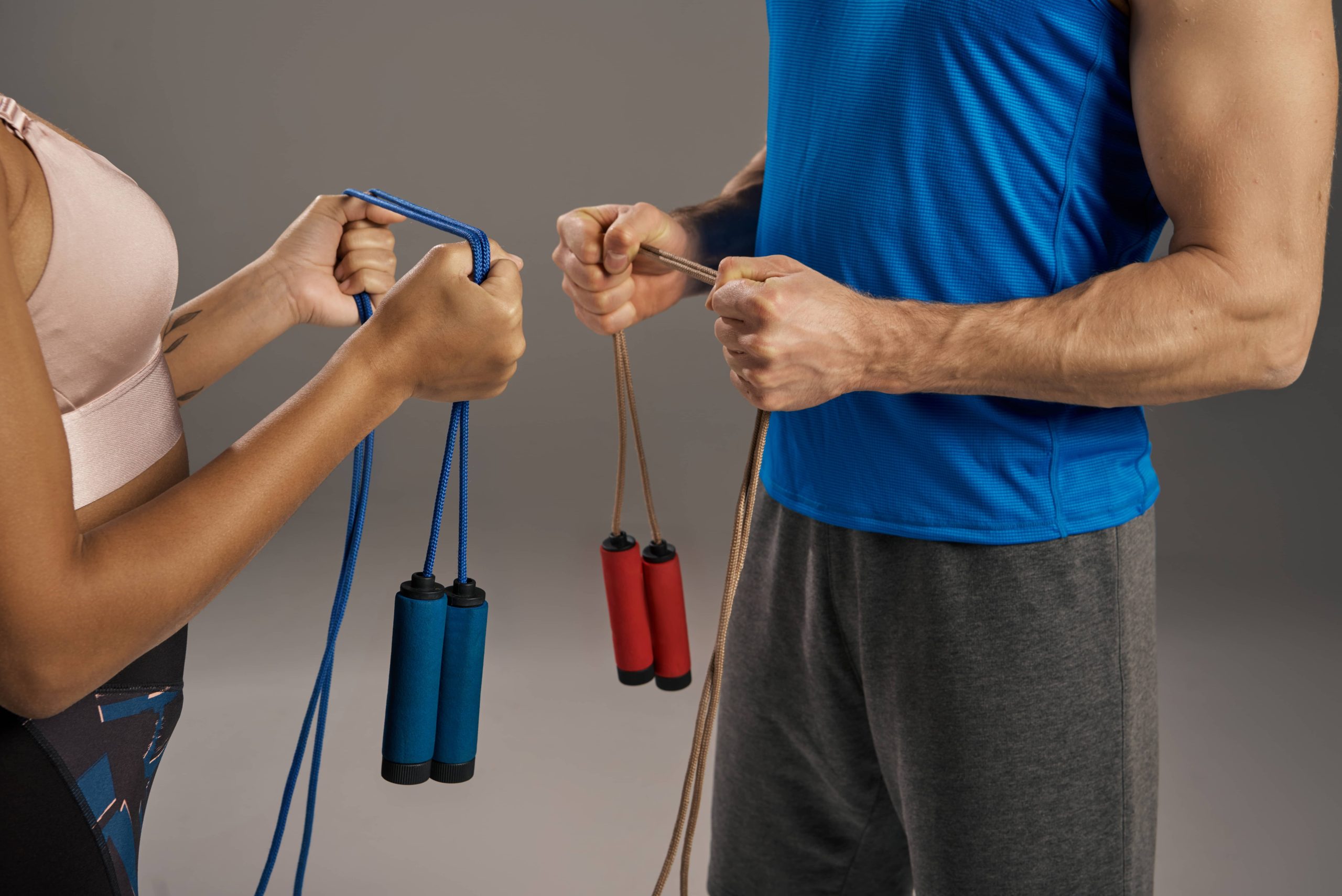
In the world of strength training and weightlifting, the focus often gravitates towards heavy weights, barbells, and complex machines. While these tools are undeniably effective for building muscle and strength, they are not the only path to achieving your fitness goals. Bodyweight exercises, often overlooked, can be a powerful addition to your strength training routine. They offer a unique set of benefits that can enhance your overall fitness, improve functional strength, and provide a refreshing change to your workout regimen.
The Benefits of Bodyweight Exercises
1. Accessibility and Convenience
One of the most significant advantages of bodyweight exercises is their accessibility. You don’t need a gym membership or expensive equipment to perform them. Whether you’re at home, in a park, or traveling, you can engage in a full-body workout with minimal space and no equipment. This convenience makes it easier to maintain consistency in your training, which is crucial for long-term success.
2. Functional Strength
Bodyweight exercises often mimic natural movement patterns, which can improve your functional strength. Movements like push-ups, pull-ups, and squats engage multiple muscle groups and joints, enhancing your ability to perform everyday activities with ease. This functional strength is not only beneficial for athletes but also for anyone looking to improve their quality of life.
3. Improved Balance and Coordination
Many bodyweight exercises require balance and coordination, which can enhance your proprioception and body awareness. Exercises like single-leg squats, planks, and handstands challenge your stability and help develop a strong core. Improved balance and coordination can reduce the risk of injury and enhance your performance in other physical activities.
4. Scalability and Progression
Bodyweight exercises can be easily scaled to match your fitness level. Beginners can start with basic movements and gradually progress to more challenging variations. For example, you can begin with knee push-ups and work your way up to full push-ups or even one-arm push-ups. This scalability allows you to continuously challenge your muscles and avoid plateaus in your training.
5. Joint-Friendly Workouts
Unlike heavy weightlifting, which can put significant stress on your joints, bodyweight exercises are generally more joint-friendly. They allow for natural movement patterns and can be modified to reduce impact. This makes them an excellent option for individuals with joint issues or those recovering from injuries.
Integrating Bodyweight Exercises Into Your Routine
Now that we’ve explored the benefits of bodyweight exercises, let’s discuss how to incorporate them into your strength training routine effectively.
1. Warm-Up and Mobility
Start your workout with a dynamic warm-up that includes bodyweight exercises. Movements like lunges, arm circles, and leg swings can increase your heart rate, improve flexibility, and prepare your muscles for more intense training. Incorporating mobility exercises like cat-cow stretches and hip circles can also enhance your range of motion and reduce the risk of injury.
2. Supersets and Circuits
Integrate bodyweight exercises into your routine by using them in supersets or circuits. For example, pair a weighted exercise like bench presses with push-ups or combine squats with jump squats. This approach not only adds variety to your workout but also increases the intensity, helping you burn more calories and build endurance.
3. Active Recovery Days
On days when you’re not lifting heavy weights, use bodyweight exercises for active recovery. Focus on low-intensity movements like yoga, Pilates, or bodyweight stretches to promote blood flow, reduce muscle soreness, and improve flexibility. Active recovery can enhance your overall recovery process and keep you motivated.
4. Skill Development
Bodyweight exercises offer an opportunity to develop new skills and challenge your body in different ways. Consider incorporating exercises like handstands, pistol squats, or muscle-ups into your routine. These movements require strength, balance, and coordination, providing a fun and rewarding challenge.
5. Core Strengthening
A strong core is essential for overall strength and stability. Bodyweight exercises like planks, Russian twists, and hanging leg raises are excellent for targeting your core muscles. Incorporate these exercises into your routine to improve your posture, enhance your lifting performance, and reduce the risk of back injuries.
Sample Bodyweight Workout Routine
Here’s a sample bodyweight workout routine that you can incorporate into your strength training program:
1. Warm-Up (5-10 minutes)
– Jumping jacks
– Arm circles
– Leg swings
2. Circuit 1 (3 rounds)
– Push-ups (10-15 reps)
– Bodyweight squats (15-20 reps)
– Plank (30-60 seconds)
3. Circuit 2 (3 rounds)
– Pull-ups or inverted rows (8-12 reps)
– Lunges (10 reps per leg)
– Russian twists (15 reps per side)
4. Cool Down (5-10 minutes)
– Cat-cow stretch
– Child’s pose
– Seated forward bend
Conclusion
Incorporating bodyweight exercises into your strength training routine can provide a host of benefits, from improved functional strength and balance to increased convenience and accessibility. By integrating these exercises strategically, you can enhance your overall fitness, prevent plateaus, and enjoy a more well-rounded workout experience. Whether you’re a seasoned weightlifter or a beginner, bodyweight exercises can be a valuable addition to your fitness journey. Embrace the versatility and effectiveness of bodyweight training, and watch as your strength and performance reach new heights.
